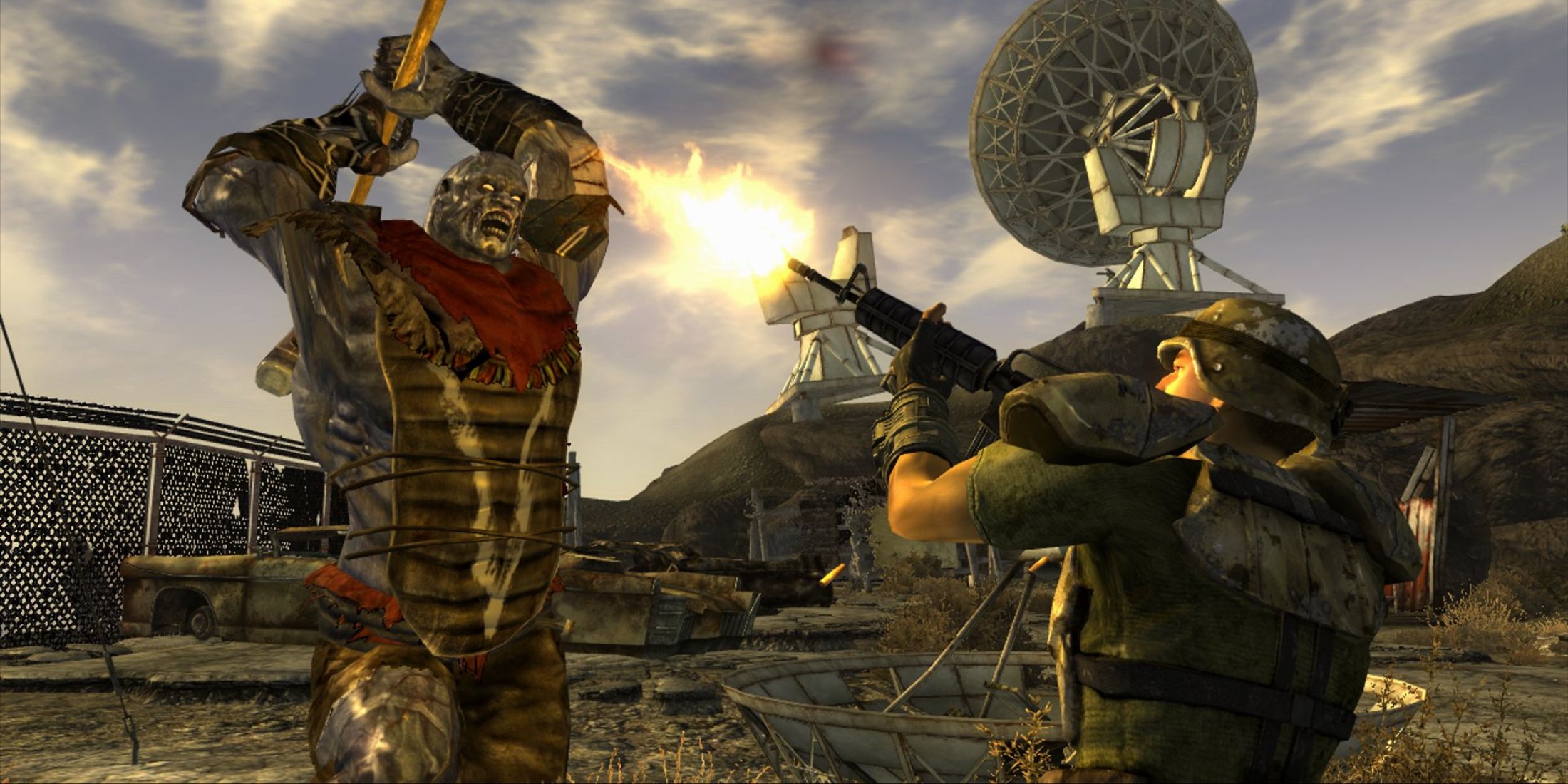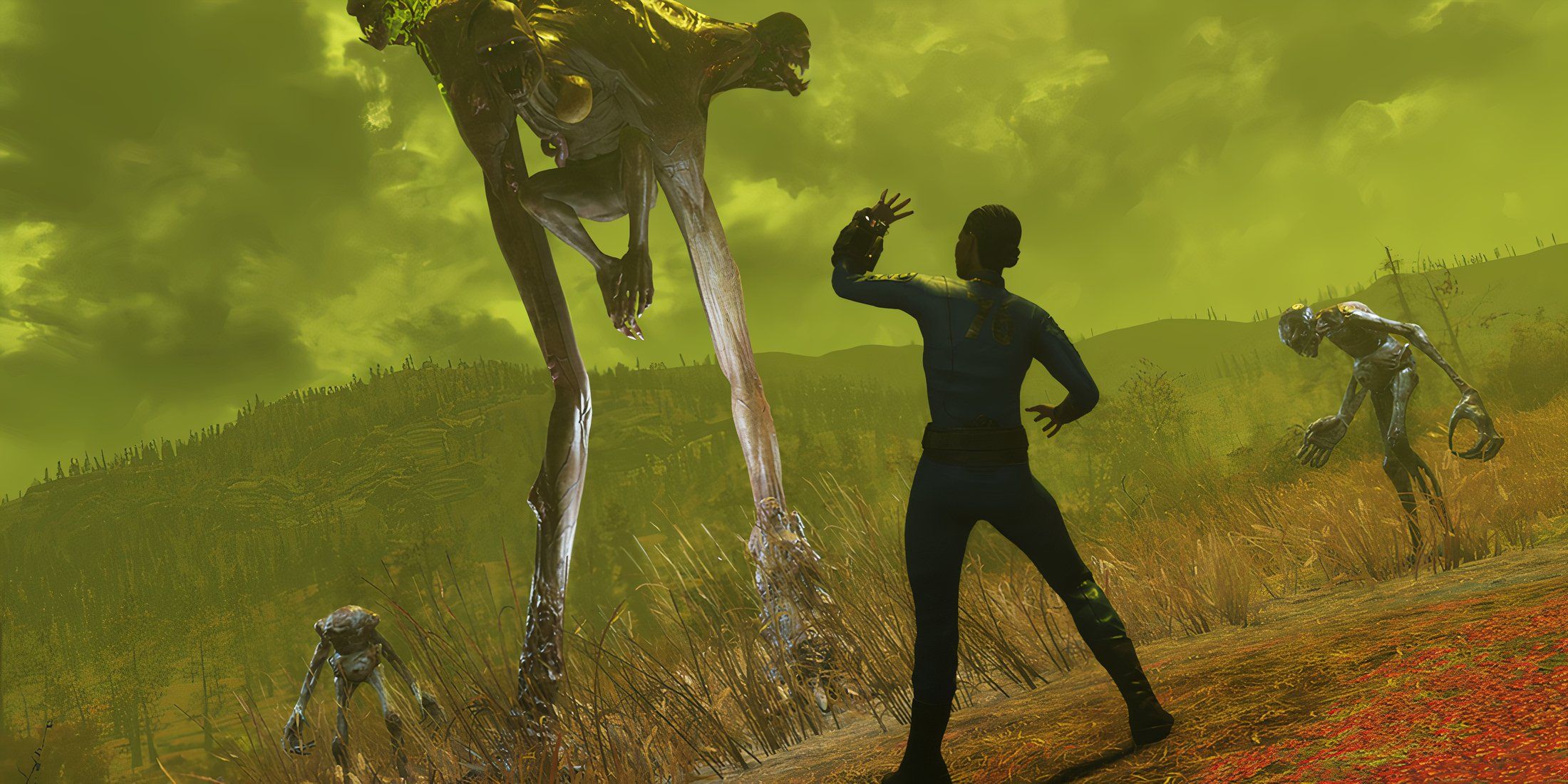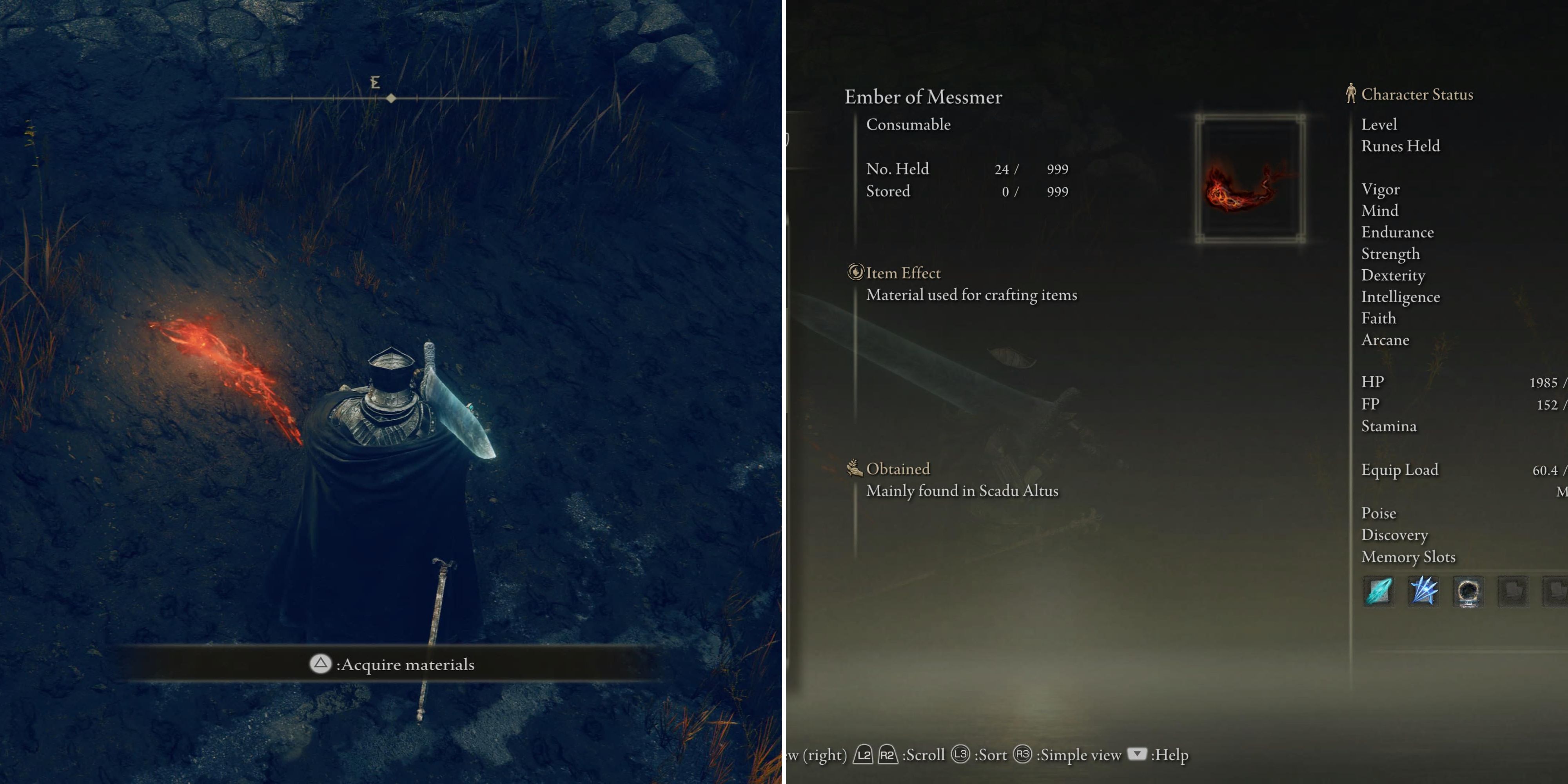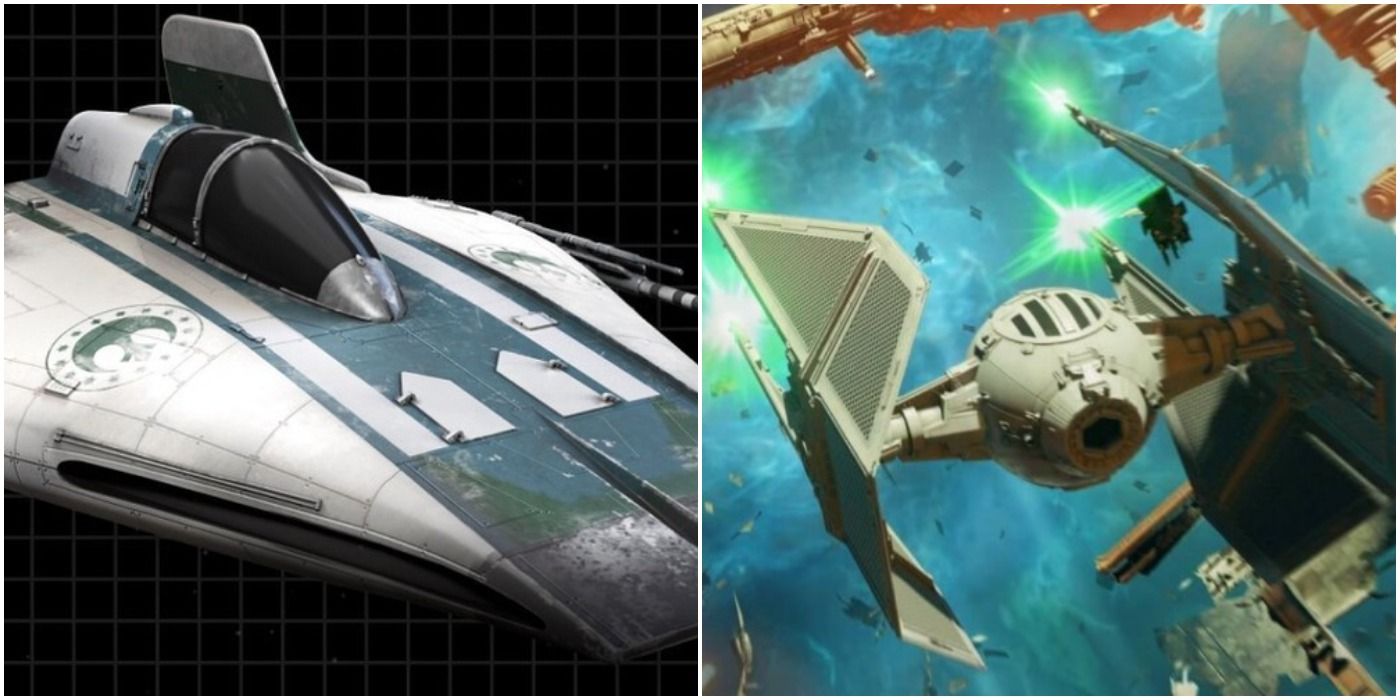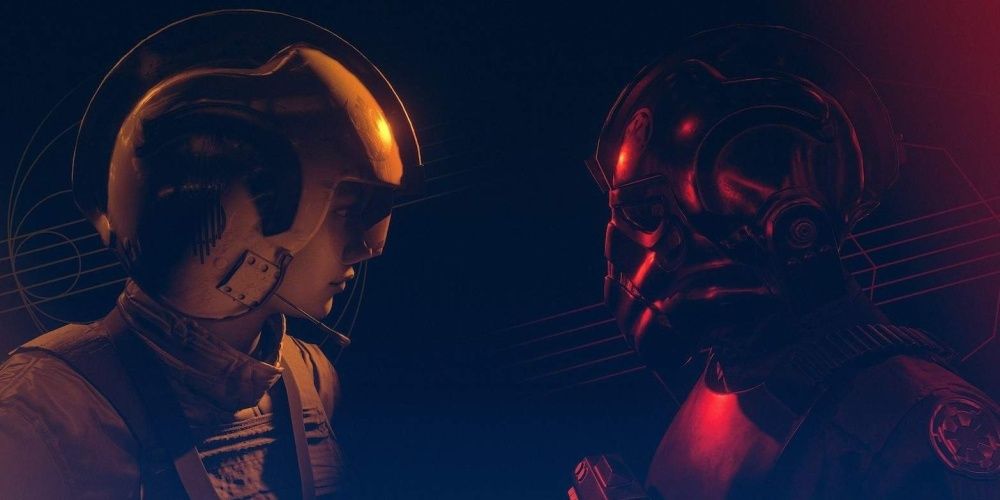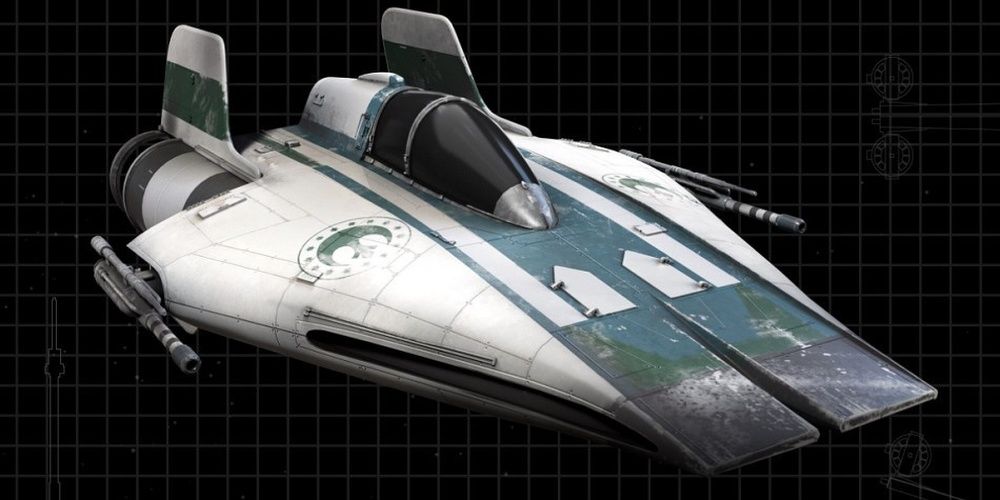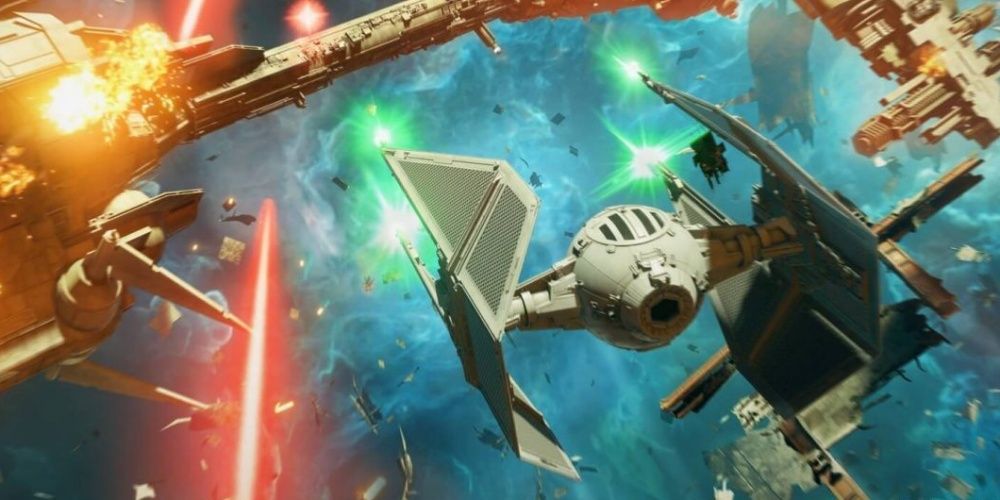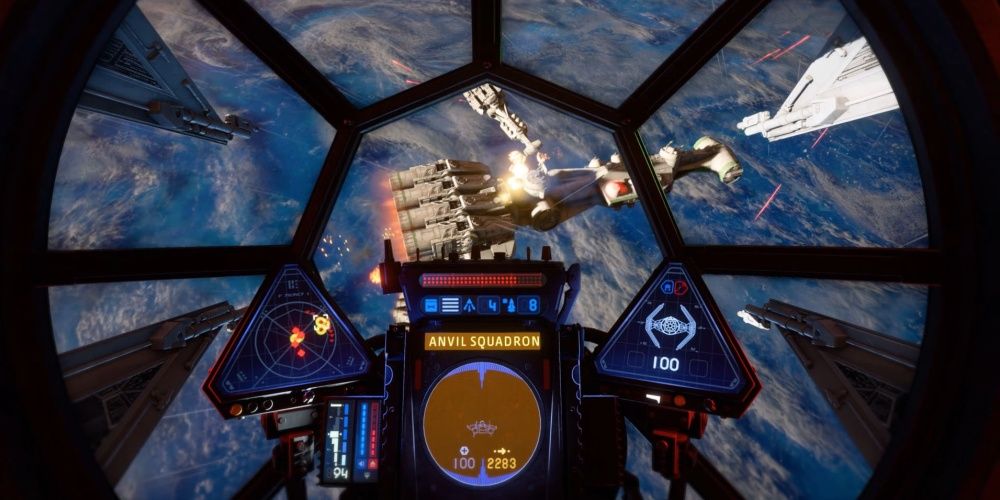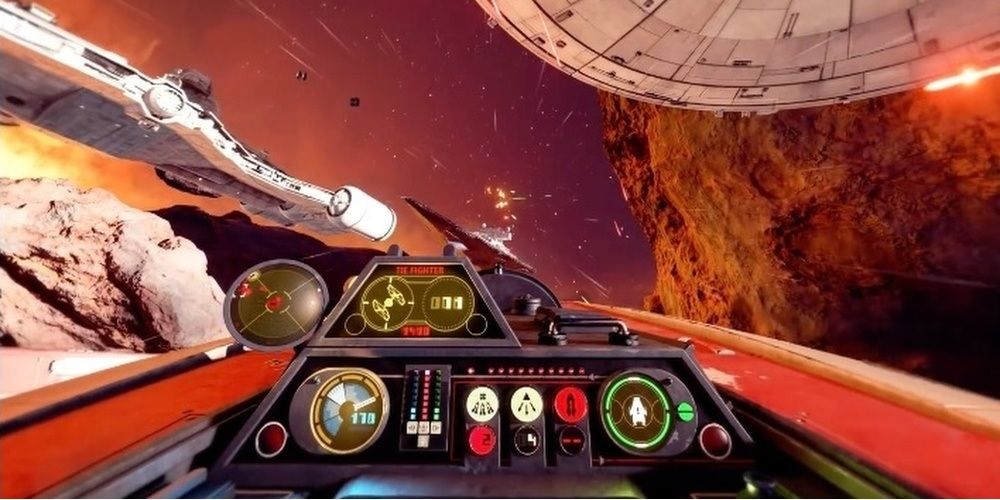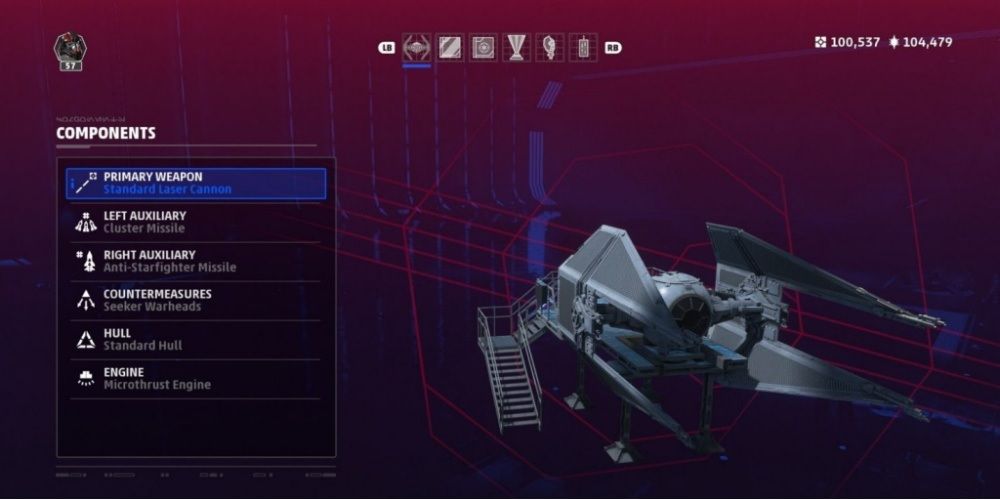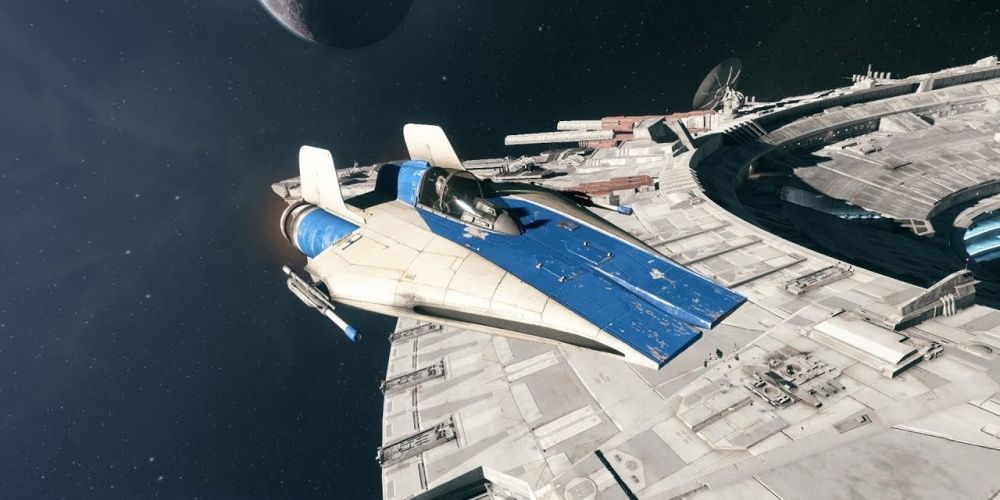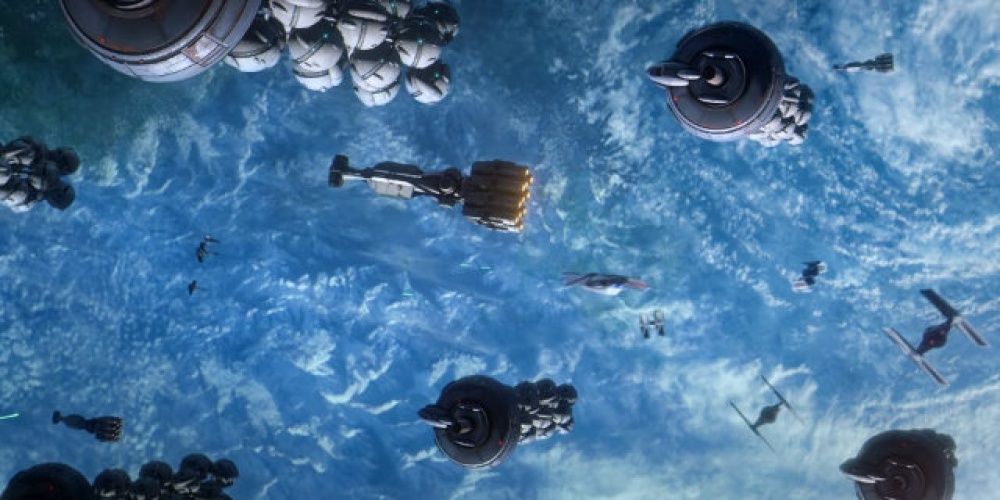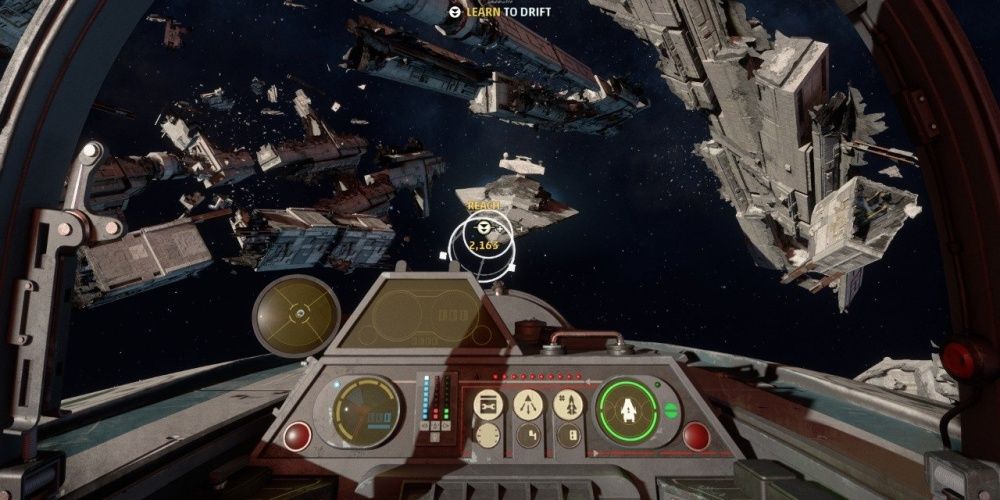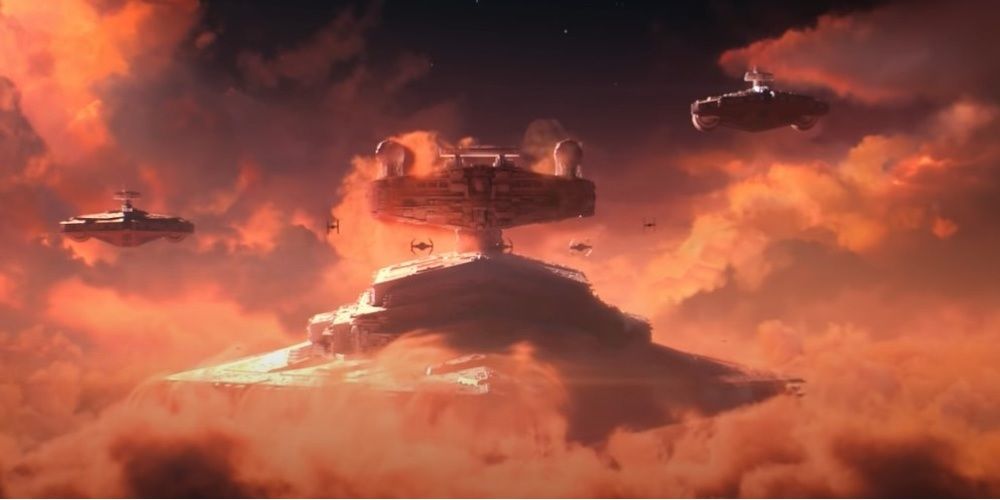Star Wars: Squadrons is finally out in the wild, and with cross-console capabilities, gamers from all over will be forming friendships and making enemies. As one of the biggest releases in October, players will choose a side, a ship, and clash head-to-head. While winning is always a goal in the back of players' minds, the immediate fun comes with blowing up other players and their starships. And no fighter does that better than the interceptor.
Dispensing death is something everyone wants to be good at, but few are truly worthy. These ships thrive on speed, not hull or shields, to survive. Constantly in motion, players aboard these vessels will have to fire as the galaxy whips around the screen until it is nearly a blur. But with great risk comes great rewards. Here are some tips from the pros for fans of the interceptors.
10 A-Wing or TIE Interceptor?
Before even getting into the cockpit of an interceptor, players must decide which one is their style. And there's much more to consider than just a Star Wars game that lets you choose to fight for the bad guys or the good guys.
A-Wings and TIE Interceptors have the same job to do for their factions, but they do not have the same loadout, stats, or even feel. Give both a shot and measure which one yields more success at the controls before committing to one or the other.
9 A-Wing Strategy
The A-Wing has less speed, laser power, and maneuverability compared to its TIE Interceptor counterpart. Getting into a scrap with an Imperial unit might be rough going when first starting out.
But the A-Wing makes up for it by having extra missiles, gadgets, and shields, so it's got some extra tools to bridge the gap. Also, if the bombers go down, the A-Wing is next in line to unleash volleys of ordinance at larger targets.
8 TIE Interceptor Strategy
As stated, the TIE Interceptor has the greatest speed and mobility in the game at the cost of having the least longevity. Pilots who use the TIE Interceptor need to be quick, intelligent, and resourceful in order to survive.
Do not run away from these strengths. Of course, it is prudent to have a countermeasure against missiles, but also to amplify speed and turning as these, not shields or hull, will be how a TIE Interceptor survives most encounters. Get in close for shots and then jet away from the skirmish.
7 Ahead Of The Action
Regardless of which faction selected, interceptors will be the first to see combat. Pilots should request that support ships amplify their shields first before they zip off towards the starting conflict. If the interceptor was not the first one to the fight, some tactics need rethinking.
Interceptors will absolutely shine in skirmishes and one-on-one duels. They thrive with less on the battlefield, so get a few quick kills on those comparatively sluggish fighters that manage to outrun their squads.
6 Picking Off Stragglers
Even after combat has commenced, the interceptor's job has only begun. Besides having a huge advantage against fighter class ships, interceptors can also quickly position themselves to destroy bombers that get too far ahead and supports that get too far behind.
With the ability to strike from the sides and behind, keep enemy players constantly in the dark about the exact whereabouts of the player's interceptor. Feel free to run away from combat to disengage fully; no one can catch these ships and they can come back at deliciously inopportune times.
5 Good Loadout Choices
Customization items aren't exactly plentiful in Star Wars: Squadrons, but that does not make them any less meaningful. Battles are often won before they are ever fought.
Making good loadout choices means communicating with the squad. If there is only one bomber (or no bombers at all), it's up to the interceptor to stock up on shields and bombs. If the team is light on fighters, then choose lasers that can hit quick targets and engines that can keep up.
4 Retreating
This is a game where people want to feel like they are in the coolest spacecraft in video game history. Tucking tail and running like the wind doesn't feel very cool at first. But if the alternative is defeat, then that is even less cool.
A-Wings and TIE Interceptors have massive top speeds and can divert their shields to the back. This is no accident; interceptors are easily overwhelmed and should beat it if the battle gets too hot. If slower ships try to follow, they risk either getting picked off or wasting time.
3 Assistance
There is a huge burden that comes with speed. When the bombers or supports start to get flanked and cry out for help, they will need it quickly. They should have enough defensive capabilities to live for a few minutes, but they can't win outright dogfights.
And this is where the interceptor is needed. Assisting teammates should move to the top of the priority list when they call out. They should always be there when they are needed.
2 Drifting
This nifty little move is important for most classes of ships that need to turn and fire, but no ship will be turning and firing more than the interceptor. Without drifting, speed works against turning, making them wider, longer, and more vulnerable.
Unlike a regular turn, drifting is made stronger when more speed is involved. It's harder to control and will take practice, but all of the hotshots in the galaxy will master this little move if they choose to primarily utilize an interceptor.
1 Stealth?
A-Wings and TIE Interceptors are offered the chance to utilize stealth in their loadout slots. This is a great choice; so long as it is used correctly and communicated to the team. They need to plan accordingly if their wingman is going rogue.
Between the speed and the invisibility to radar, pilots will be able to get into a very inconvenient situation before being uncloaked and detected. Go off to the side, get behind the vulnerable supports and bombers. At 1500 meters the cloak will deactivate, but, by then, it will be too late. This is good for a few quick kills if your team can handle their own for a few seconds.

